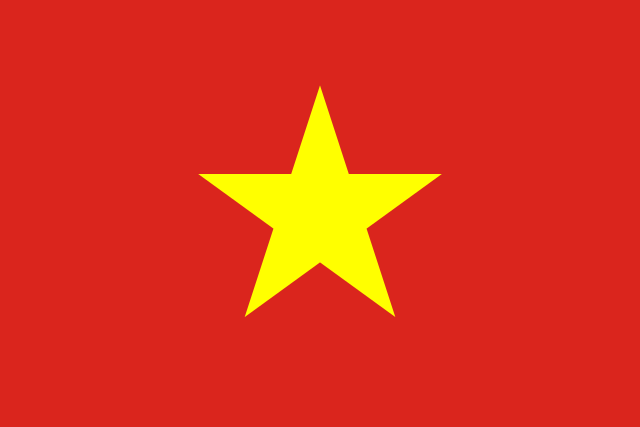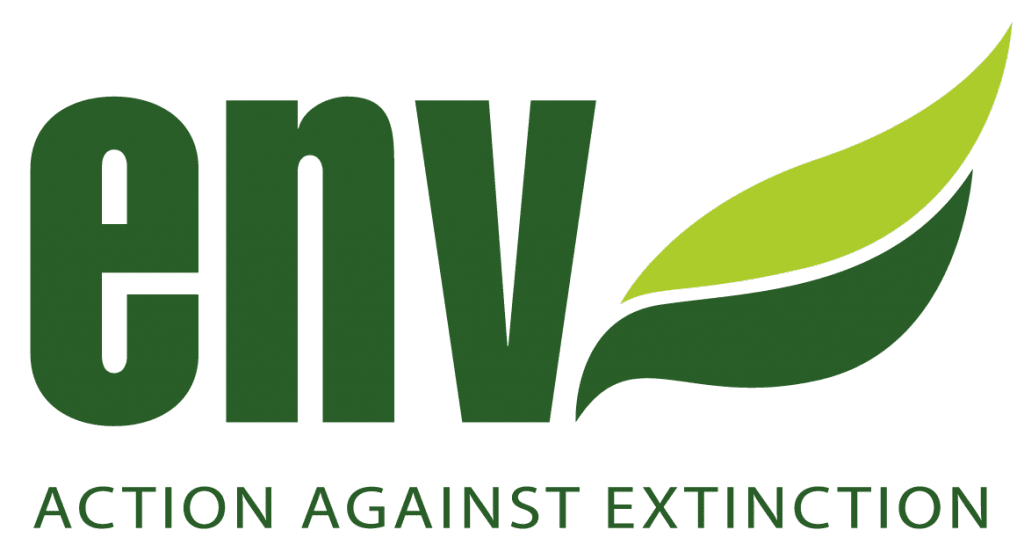ENV urges public not to use traditional medicine made from wildlife
ENV launched a new outreach event focused on encouraging the public not to use traditional medicine (TM) made from wildlife. The new event is the first of many that will be held in major cities throughout Vietnam in the coming year. Volunteers from ENV’s Hanoi Wildlife Protection Club hosted the event, held at Lotte Mart […]
ENV urges public not to use traditional medicine made from wildlife Read More »

